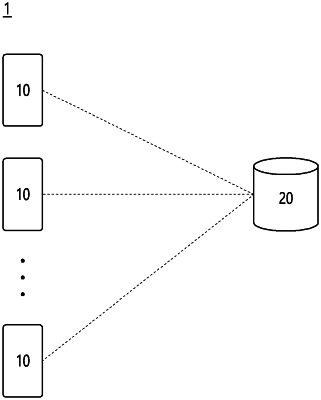| CPC G06T 7/0016 (2013.01) [G16H 50/20 (2018.01); G06T 2207/20081 (2013.01); G06T 2207/30041 (2013.01); G06T 2207/30201 (2013.01)] | 20 Claims |

|
1. A computer-implemented method for treatment for thyroid eye disease, comprising:
training a conjunctival hyperemia prediction model using a training set, wherein the training set comprises a training image, an evaluated value for a conjunctival hyperemia, an evaluated value for a conjunctival edema, an evaluated value for an eyelid redness, an evaluated value for an eyelid edema, and an evaluated value for a lacrimal edema, wherein the training image is annotated with the evaluated values according to a diagnosis of the training image, and the training image includes at least a part of eyes,
acquiring a first image including at least one eye of a subject and an outer region of an outline of the at least one eye,
cropping, laterally inverting, or resizing the first image based on the outer region of the outline of the at least one eye to obtain a transformed image,
inputting the transformed image to the trained conjunctival hyperemia prediction model executing on a processor to obtain a first predicted value for a conjunctival hyperemia, a first predicted value for the conjunctival edema, a first predicted value for an eyelid redness, a first predicted value for an eyelid edema, and a first predicted value for a lacrimal edema,
selecting the first predicted value for the conjunctival hyperemia among the five predicted values based on a predetermined setting, and
generating a score for the conjunctival hyperemia based on the selected first predicted value for a conjunctival hyperemia, that is used to recommend to the subject to have a medical examination based on the score.
|